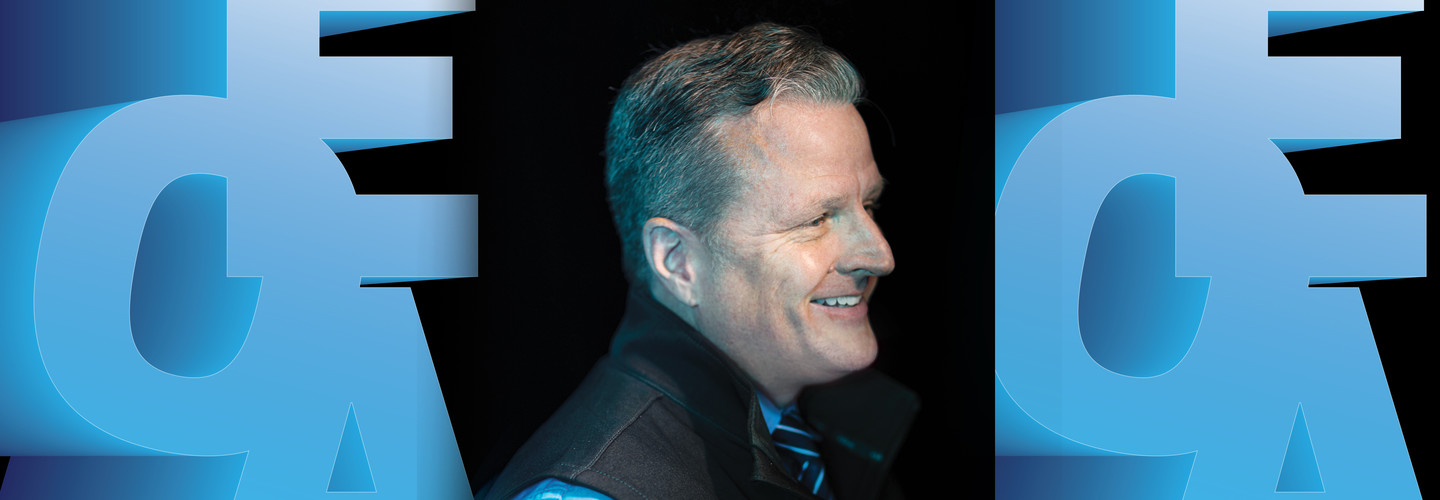Institutions May Be Able to Tap into Internal Accessibility Resources
At last year’s EDUCAUSE Conference, Warner and Jennifer Culver, SMU’s director of online production services and senior academic technology director, challenged attendees to find tools to enhance digital accessibility in their sphere.
“Schools do not always have to purchase expensive hardware or software to improve course accessibility,” Culver says. “Many of the tools we already own and use can strengthen accessibility at the push of a button.”
Adobe Acrobat products and Microsoft tools such as Outlook and PowerPoint, for example, contain functionality that will check documents for accessibility components, such as a format and headings that will allow someone using a screen reader to easily navigate them.
“Microsoft and Adobe have worked to create accessibility checkers that not as many people as you might think know about,” Warner says. “Some very popular tools that people are familiar with can check accessibility and walk people through how to make those documents a bit more accessible.”
Apple device users can employ Safari’s built-in screen reader capabilities; the browser element provides an audio version of the text on a page.
READ MORE: Jill Bateman makes online accessibility a priority at Ohio University.
According to Richard Allegra, director of information and outreach for the Association on Higher Education And Disability and the National Center for College Students with Disabilities, a number of videoconferencing and viewing services offer captioning tools. The disability resource centers that coordinate accessibility needs at some institutions have helped increase awareness of these tools in recent years, Allegra says.
“They have done a lot of work with instructors on their campuses to make them aware. If they’re using videos from third-party sources, those things should be captioned, and if instructors are creating videos, they should be aware of captioning as well,” Allegra says. “The piece we’re seeing now is automated captioning. The quality has improved quite a bit, even in the past year.”
Accessibility Aspects Can Also Help Classmates and Faculty Connect
Instructors in the Department of Information and Computing Studies within the Rochester Institute of Technology’s National Technical Institute for the Deaf have found that the Microsoft Translator app’s real-time transcription capabilities, in addition to converting lectures to another language, can support both understanding and engagement in class.
Ed Lucas, who provides audible and sign language instruction in the courses he teaches at RIT, relies on the technology to convey information to students who use a variety of communication methods, such as solely signing or articulating their thoughts vocally.
“Before I began using automatic speech recognition, a lot of times I was trying to go between modes,” Lucas says. “Now, when I use the ASR, I find a lot of students are glancing at the board to make sure that they understand what I said. I’m getting better understanding; they’re not asking me for clarification as often.”
Lecturer Walter Bubie’s comments are projected onto a large Microsoft Surface Hub screen. The Jabra microphones used in class are sensitive enough to also pick up students’ spoken comments — a valuable contribution, Bubie says.
#Higher #Institutions #Enhancing #Accessibility #Variety #Tech #Tools










